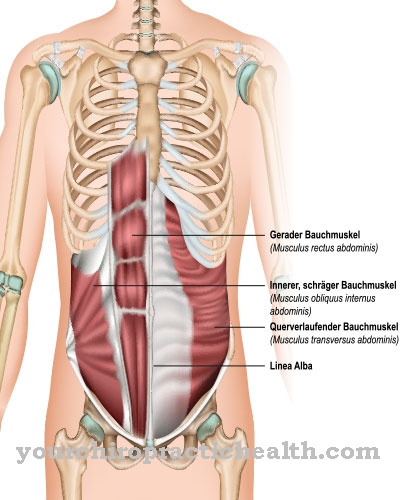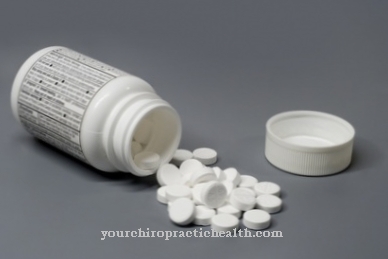Rash all over the body often occurs suddenly and unexpectedly in various parts of the body. It shows up as pimples, pustules, wheals or scaly and reddened areas of the skin, which can also itch, burn and hurt. In addition to an allergic reaction, an infectious disease can also be the cause.
What is rash all over your body?

A rash all over the body can spread quickly or slowly over the skin, depending on the cause, or it can migrate from one part of the body to another over time.
Small or large pustules, wheals or vesicles can develop, which can also be filled with fluid. Most of the time, the affected areas of the skin are reddened, can (extremely) itch or burn. Sometimes the skin feels significantly warmer in these areas and can also flake. However, such a rash can also be completely flat and brownish or white in color. So there is no absolutely uniform appearance for a rash.
Since rashes all over the body can often be a sign of a contagious infectious disease, it is important to see a doctor who can make an accurate diagnosis. If left untreated, such diseases can lead to serious complications.
causes
The cause of a rash all over the body can be completely different. Infectious disease rash has causes other than an allergic skin reaction.
In the case of an infectious disease that causes a rash, the pathogen in question is responsible for the outbreak. After the infection, a typical skin rash usually sets in quickly and spreads quickly. This is the case with chickenpox e.g. the herpes zoster virus or, in the case of measles, a virus of the genus Morbillivirus.
But allergic reactions or neurodermatitis can also be responsible for a rash all over the body. The cause can be a contact allergy or an environmental allergy. These reactions often occur in sensitive skin areas such as the crook of the elbows or the back of the knees. In rarer cases, an internal illness can be behind such a widespread rash.
You can find your medication here
➔ Medicines for rash & eczemaDiseases with this symptom
- Neurodermatitis
- Contact allergy
- Three-day fever
- Shingles
- chickenpox
- measles
Diagnosis & course
Only a doctor can make an accurate diagnosis of a rash all over the body by taking a detailed anamnesis in conversation with the person concerned. He asks the patient a series of questions that the patient should answer in as much detail and as possible detail.
It is important when the rash occurred and whether it was preceded by a special event, whether unfamiliar foods were consumed or even a new personal care product was used. Even little things and side effects can give an indication of a clear diagnosis.
The doctor will then also visually examine the rash. Many infectious diseases, the symptom of which is a skin rash, show very specific and clear characteristics that make an accurate diagnosis of the disease possible.
Usually a rash can be treated without complications and gets better within a few days.
Complications
A rash all over the body usually occurs suddenly and it can affect a wide variety of areas on the body. The body becomes littered with red spots, pimples, pustules, or wheals that can itch or burn.
Usually an infectious disease is responsible for this, but allergies to certain substances can also be responsible. Depending on the cause, the rash can spread quickly or slowly all over the body and sometimes also migrate from one area of the body to the other. The rash can always look different, the pimples or spots do not have a uniform appearance. This rash is primarily indicative of a contagious infectious disease. The doctor should always be contacted, he can make an exact diagnosis.
The cause of the rash all over the body can have different causes, but with an infectious disease the spots look very different from, for example, an allergic reaction. With infections, the rash develops very quickly, with chickenpox or measles it spreads in no time at all.
Atopic dermatitis can also be responsible for the rash, and in rare cases an internal disease is diagnosed. The doctor will also examine the rash visually, because he will recognize the symptoms of "childhood diseases" immediately. A rash all over the body is relatively easy to treat, and the rash disappears after a few days.
When should you go to the doctor?
A rash all over the body that occurs suddenly and for no apparent reason, or is extremely itchy or painful, requires a quick diagnosis by a dermatologist. Those affected should also see a doctor if the rash spreads to other parts of the body or suddenly changes color and appearance, is accompanied by redness or swelling, or if alarming symptoms such as high fever, nausea and vomiting, dizziness or swelling of the airways with resulting shortness of breath occur .
A urologist, internist (specialist in internal diseases) or dermatologist should be consulted if a sexually transmitted disease or fungal or parasite infection is suspected. A rash all over the body that occurs in episodes or accompanying an infectious disease can be problematic and must therefore be examined by a doctor as soon as possible. The same applies if the rash occurs as a result of an allergy or as a side effect of an existing illness or a certain medication.
If complications such as pus formation, skin bleeding, ulcers, etc. occur or if the rash occurs as a result of a trip to the tropics, this also requires rapid clarification by a dermatologist. If the rash can be traced back to a specific detergent, skin cream or item of clothing, no specialist diagnosis is required. A doctor should always be seen with infants and children who have rashes all over their bodies.
Doctors & therapists in your area
Treatment & Therapy
Targeted treatment of a rash all over the body depends entirely on the cause of the skin reaction and should begin as quickly as possible.
Infectious diseases can e.g. be treated with antibiotics or antiviral drugs. For allergic reactions of the skin, cortisone-containing preparations in the form of ointments and creams or antihistamines in tablet form are often used. For a quick success it is absolutely necessary to find the allergy trigger and to avoid it.
In the case of some diseases, however, only a targeted treatment of the symptoms takes place, i.e. a so-called symptomatic treatment. This is e.g. the case with chickenpox or rubella.
Regardless of the cause of the rash, ointments, creams or tinctures can always be applied to the affected areas. These promote healing and / or relieve symptoms such as itching and burning.
There are numerous over-the-counter ointments and creams for rashes available in pharmacies, but these should be used with great caution. Under certain circumstances, such preparations could cause additional irritation to the skin and thereby worsen symptoms. If in doubt, a doctor should be consulted before use.
In principle, a visit to the doctor is always recommended so that the cause of the rash can be found all over the body. In the case of highly contagious childhood diseases in particular, it is important to know exactly what disease it is so that the risk of infection for the immediate environment can be minimized.
Outlook & forecast
A rash all over the body does not necessarily need to be treated by a doctor. This often occurs as a result of allergic reactions or intolerance and disappears on its own. Without treatment, the rash all over the body will, in most cases, go away within a few hours or a few days. However, if the rash persists and causes pain or itching, a doctor should be consulted.
Treatment is carried out with creams or tablets that reduce the body's reaction. In most cases, medical treatment will be successful and the rash will go away in a short period of time.
The rash often appears at the same time as itching. This can cause wounds if the person concerned scratches the relevant areas. Ordinary everyday life and sleeping are then no longer possible, as the rash feels very uncomfortable when it comes into contact with textiles.
If the rash persists all over the body and is associated with severe pain, a doctor must be consulted. The rash can also be treated with antibiotics if the infection is worse. In most cases, treatment will be successful.
You can find your medication here
➔ Medicines for rash & eczemaprevention
Home remedies ↵ for rash There are no absolute protective measures to prevent rashes all over the body. As a rule, childhood diseases are highly contagious, so that they are often infected even with careful hygiene measures. Substances that trigger allergies should of course also be avoided if the intolerance is known.
You can do that yourself
If you have a rash all over your body, a number of personal measures and home remedies promise relief. Depending on the underlying condition, the symptoms can be treated with various ointments, creams and bath products. Increased personal hygiene helps to remove any pathogens from the skin and relieve itching. It is also a good idea to wear loose clothing to reduce friction.
Sunflower oil, lavender oil and coriander leaves, among other things, have proven themselves as home remedies for rashes all over the body. In general, the following applies to skin rashes: keep an illness diary to determine possible causes. The symptoms can then be alleviated through targeted measures such as a long-term change in diet and the avoidance of irritating substances.
If the cause is an allergy, relevant irritants should be specifically avoided. By changing the environment, acute symptoms can often also be alleviated, for example if bed bugs or house dust are causing the rash. In everyday life, itching and other accompanying symptoms can be reduced by a healthy lifestyle, but often also by mere distraction. In the long term, the symptoms and their causes should be clarified by your family doctor or a dermatologist.

.jpg)
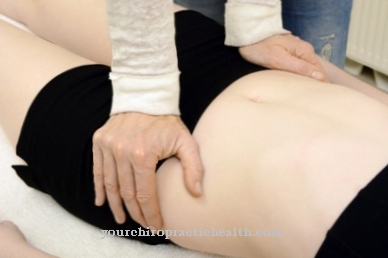
.jpg)
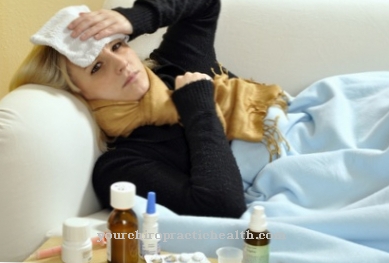
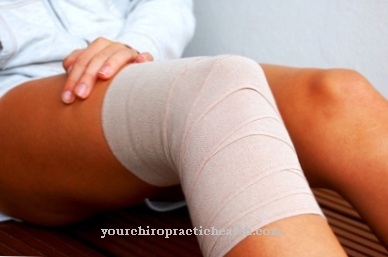


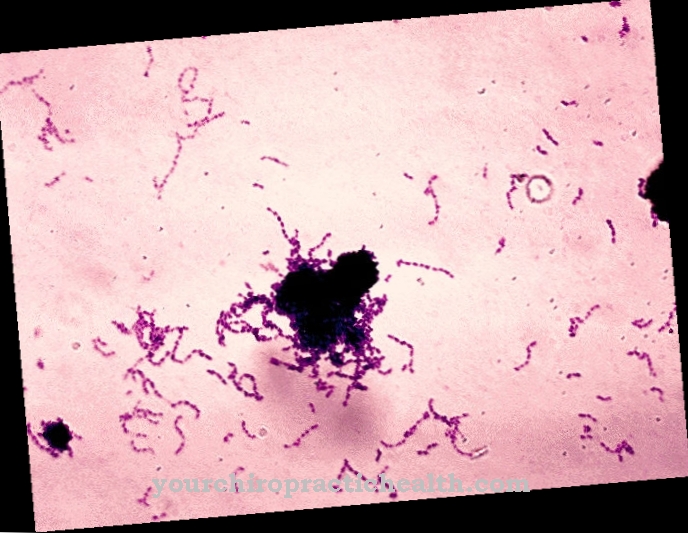
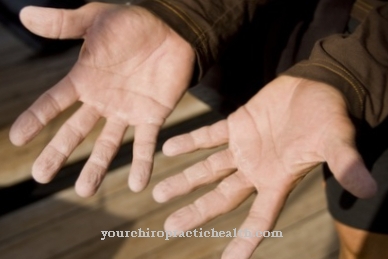

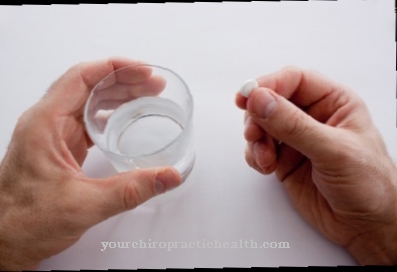
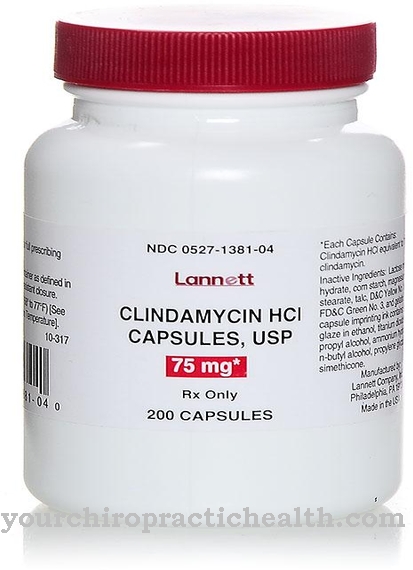
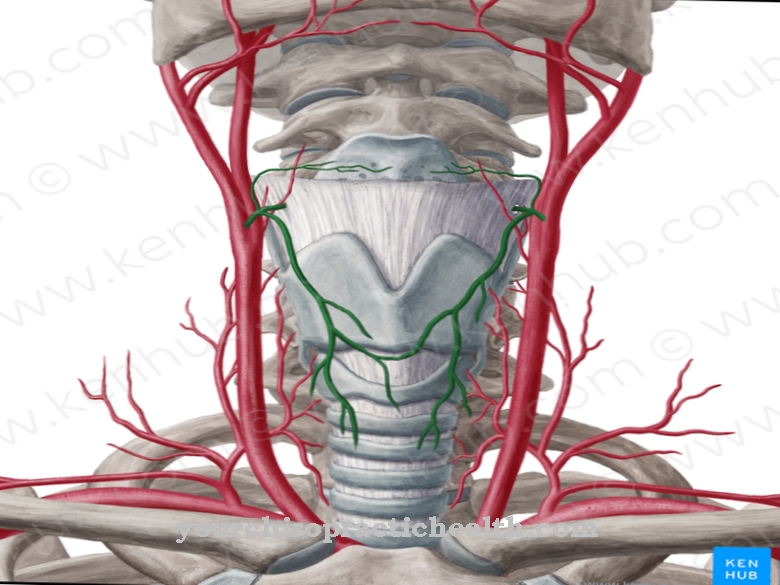
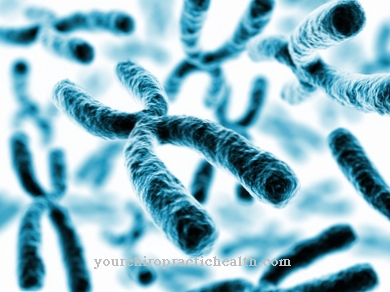


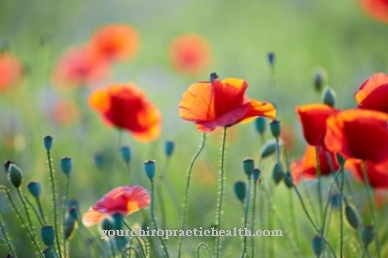




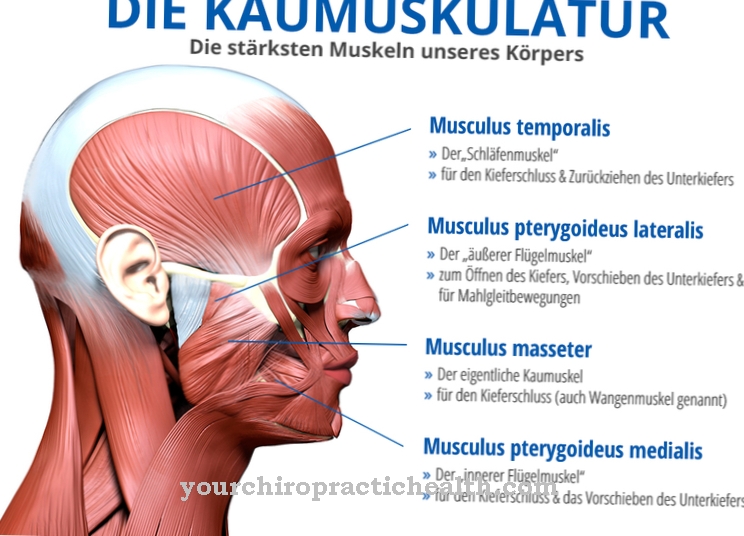

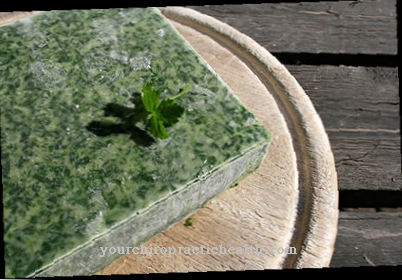

.jpg)
